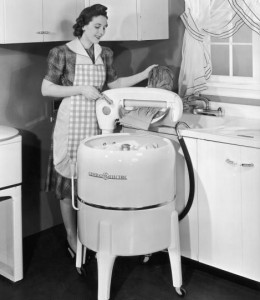Owl Vision 2018: 100 years of memories
by Renee Thornton –
Centenarians are on the rise. According to a report from the Centers for Disease Control and Prevention, the numbers of Americans aged 100 and over increased from 50,281 in 2000 to 72,197 in 2014, an increase of 43.6%. Our newest centenarians were born in 1918, and are now looking back on 100 years of change. Among the country’s centenarians, approximately 22 people per 100,000, is Jane Barnard who was born on January 14, 1918 in Lima, NY.
With the average life span at the turn of the century being 49 years, today’s centenarians have more than doubled their life expectancy. Today the average life span stands at 79 years. This increase is due in large part to medical advances especially in the field of vaccines: polio (1955), measles (1963), chicken pox (1995) and pertussis (whooping cough) (1933). However, imagine life when there was no general knowledge of a disease known as AIDS (1981), nor any staggering death statistics due to opioid addiction (current).
Imagine being born in 1918. The history books do not yet include World War I, the “War to end all wars”, which was just wrapping up. Adolf Hitler was merely a wounded private in the defeated German army. Charles Lindbergh was still figuring out how to fly across the Atlantic (1927). Living high on post war success, no one could imagine the Great Depression (1929). Man was half a century away from walking on the moon (1969), women still two years from voting and there is no Civil Rights Act (1964).

The past 100 years has also been marked by significant technological advancements. Something taken for granted and as seemingly simple as the pop up toaster was not invented until 1919, but once it was it had to have been the best thing since sliced bread. No, I stand corrected; the first bread-slicing machine was not fully operable until 1928. There were no mobile phones (1973). The television had not yet been invented (1928) and wouldn’t be common in American households for much longer (1947). There were electric motor driven wringer washers (1911), however the automatic washing machines were not found in homes until much later (1951). For goodness sake the Slinky was not even invented until 1943!
Being one who remembers my mother washing clothes in a galvanized tub and putting them thru the wringer on top (albeit after the invention of the automatic washing machine) and my great aunt cooking on an old wood stove, it is incredible to think of how many changes have happened in just my lifetime. How a century of changes might appear to centenarians, I can only imagine. Their memories and life lived serve as a record of the changes many of us take for granted.
In the next issue of the Owl, I will share recollections and insights from my friend Jane Barnard as she looks back on 100 years of life in America, and reflects on a century of global changes.